January Itinerary in Japan Day 1 (Yamagata)
(Tuesday, January 25)
Table of contents
1. Yamagata Prefectural Museum Educational Resources Museum
2. Yamagata Prefecture Local Museum “Bunshokan” (Former Prefectural Office and Assembly Building)
3. Yamagata Manabikan (former Yamagata Daiichi Elementary School)
5. Yamagata Marugoto-kan Beni-no-kura
6. Kajo、Yamagata City Local History Museum (former Saiseikan Hospital)
1. Yamagata Prefectural Museum Educational Resources Museum
I traveled to Yamagata prefecture from January 25th for 3 nights and 4 days. This time as well, I sent my luggage to my travel destination and enjoyed the “luggage-free trip”.
First, I headed from Haneda Airport to Yamagata Airport and went sightseeing in Yamagata City. The planes I used are as follows. Mt. Fuji looked beautiful from Haneda Airport.
Depart Haneda Airport at 7:15, JAL175, arrive at Yamagata Airport at 8:15
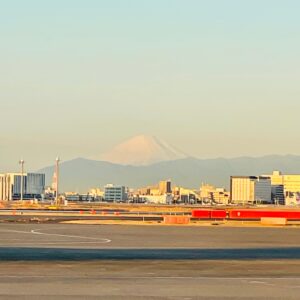
I arrived at Yamagata Airport and took an airport bus to Yamagata City. The airport buses I used are as follows.
Depart Yamagata Airport at 8:30, Airport shuttle bus, arrive at Yamagata Station East Exit at 9:05, fare Yen 980
After arriving in Yamagata City, I first took a bus to the “Yamagata Prefectural Museum Educational Resources Museum”. The buses I used are as follows.
Depart Yamagata Station at 9:21, U19 / C13 for Numanobe, arrive at Kitatakamae at 9:32, fare Yen 250
The building of Yamagata Prefectural Museum Educational Resources Museum was built in 1901 and is designated as a national important cultural property.
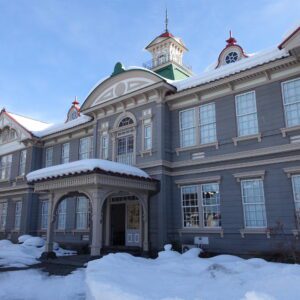
The old wooden Yamagata teacher school auditorium is a designated tangible cultural property of Yamagata Prefecture. The design under the roof is wonderful.
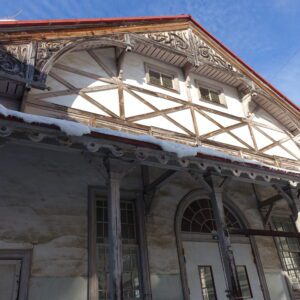
Admission: Yen 150 for adults, Yen 70 for students
2. Yamagata Prefecture Local Museum “Bunshokan” (Former Prefectural Office and Assembly Building)
I went to “Yamagata Prefecture Local Museum “Bunshokan”“, which is about a 10-minute walk from Yamagata Prefectural Museum Educational Resources Museum.
The current building of “Yamagata Prefecture Local Museum “Bunshokan”” was completed in June 1916. The former Prefectural Office and the Assembly Building are connected by a corridor. Both the former Prefectural Office and the Assembly Building are very profound and you can get a glimpse of the strength of Yamagata Prefecture. The width of the former Prefectural Office are 62.7 meters, and it is difficult to capture everything in one photo even with a wide-angle lens. Both buildings are national important cultural properties.
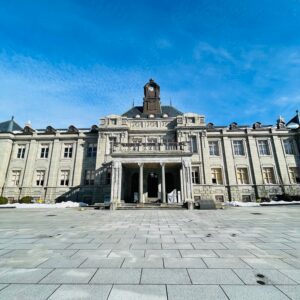
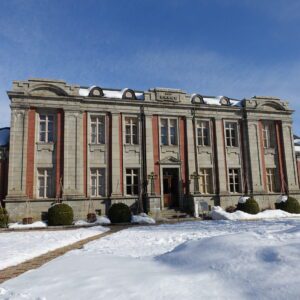
The clock tower in the center of the former Prefectural Office is the second oldest operating clock tower in Japan after the Sapporo clock tower.
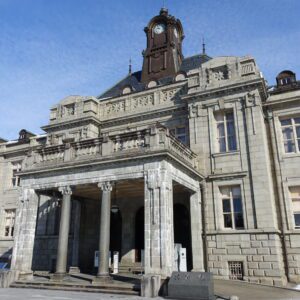
Visiting the inside of the Yamagata Prefecture Local Museum “Bunshokan” is free of charge.
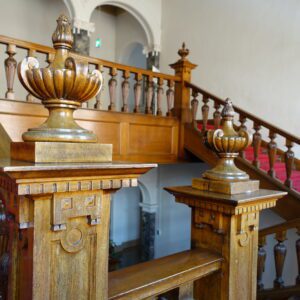
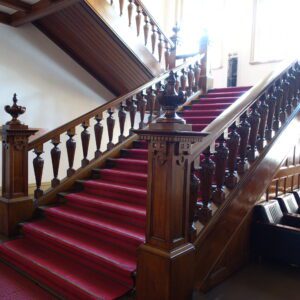
3. Yamagata Manabikan (former Yamagata Daiichi Elementary School)
Next, I went to the “Yamagata Manabikan (former Yamagata Daiichi Elementary School)”, which is about a 15-minute walk from the Yamagata Prefecture Local Museum “Bunshokan”. Yamagata Manabikan is the old school building of Yamagata Daiichi Elementary School. Until 2004, it was used as the school building of Yamagata Daiichi Elementary School. The building was completed in 1927 as the first reinforced concrete building in Yamagata Prefecture. Currently under renovation work. It is a nationally registered tangible cultural property.
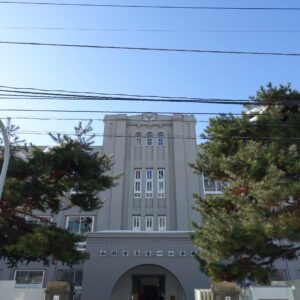
4. Walk around Yamagata city
Yamagata City is one of the few prefectural capitals in Japan that was not damaged by air raids during World War II. Therefore, many old buildings remained in Yamagata City, and it was a fun city to walk around. Here are some photos of old buildings I found while walking.
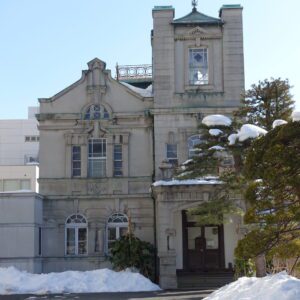
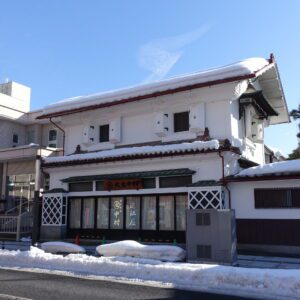
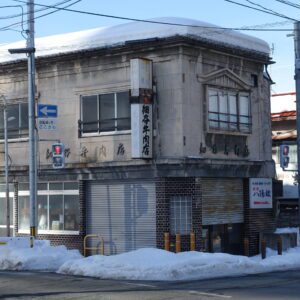
5. Yamagata Marugoto-kan Beni-no-kura
“Yamagata Marugotokan Beni no Kura” is a mansion owned by the Hasegawa family who was a safflower merchant. Today, as a tourism complex, Yamagata city sells Yamagata’s special products, sells agricultural products such as traditional vegetables directly, holds events, and provides tourist information.
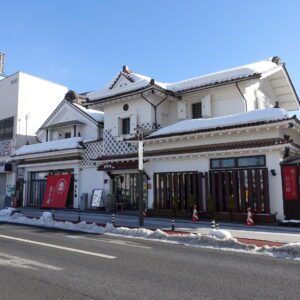
6. Kajo、Yamagata City Local History Museum (former Saiseikan Hospital)
Kajo, Yamagata Castle, which is about a 20-minute walk from “Yamagata Marugoto-kan Beni-no-kura,” began when Shiba Kaneyori (the first Mogami clan) built the castle in 1357. Mogami Yoshiaki, the first feudal lord of the Yamagata domain, developed the castle. It is a nationally designated historic site and one of the 100 Fine Castles of Japan established by the Japan Castle Association.
The size of Yamagata Castle is wider than the national treasure Himeji Castle (Hyogo Prefecture), and it seems that it was the fifth largest in Japan. However, it was a castle without a castle tower from the beginning.
At the time of my visit, the Honmaru Ichimonji-mon gate was a beautiful scene with snow.

Previously, I went to Kajo during the cherry blossom season. There are many giant cherry trees in Kajo, and I remember being impressed by the beautiful scenery of the cherry blossoms.
Yamagata City Local History Museum (former Saiseikan Hospital) was built in 1878 as Yamagata Prefectural Hospital. It was relocated and restored in Kajo Park in 1969. It is currently used as the Yamagata City Local History Museum.
It is a beautiful wooden three-story building, and was evaluated as a masterpiece of pseudo-Western style architecture in the early Meiji era, and was designated as a national important cultural property. The first floor is a donut-shaped and very characteristic building.
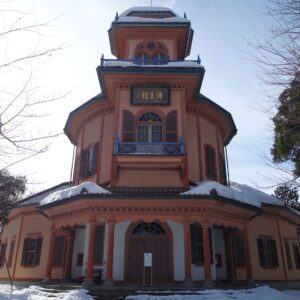
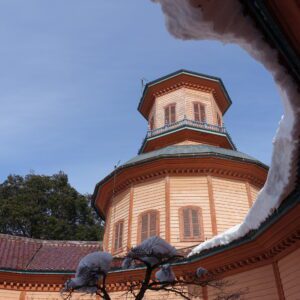
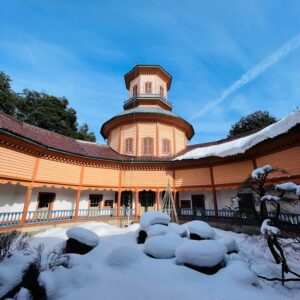
Visiting the inside of the Yamagata City Local History Museum is free of charge.
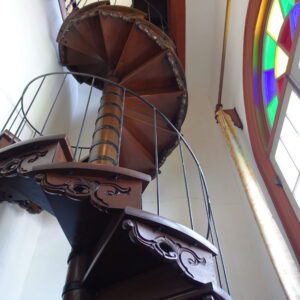
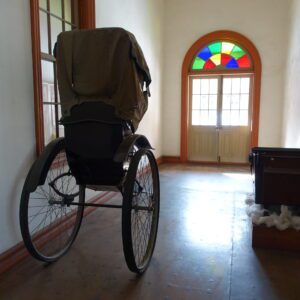
7. Ginzan Onsen
I had lunch in Yamagata city and headed to Ginzan Onsen by Shinkansen and inn shuttle bus. The Shinkansen and shuttle buses I used are as follows.
Depart Yamagata Station at 12:46, Yamagata Shinkansen “Tsubasa 133”, arrive at Oishida Station at 13:16, fare Yen 1,970
Depart Oishida Station at 13:40, inn shuttle bus, arrive at Ginzan Onsen at 14:10
The Yamagata Shinkansen runs from Fukushima Station to Shinjo Station. Although it is called the Shinkansen, it is legally a mini-shinkansen that is a conventional line. The Mini-Shinkansen is a system that allows existing conventional lines to be operated directly with the Shinkansen, and the maximum speed within the Mini-Shinkansen section is only 130 km / h.
The width of the vehicle is as narrow as 2,945 mm for the Mini-Shinkansen, compared to 3,380 mm for the full-standard Shinkansen, so there are two seats side by side across the aisle (three and two seats for the full-standard Shinkansen). The inside of the car was very clean and comfortable, so I was not dissatisfied at all.
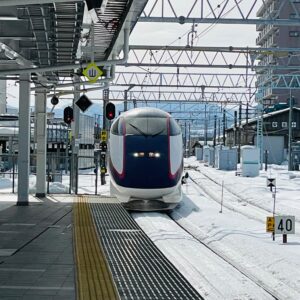
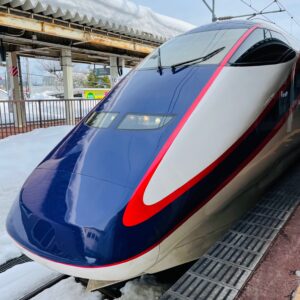
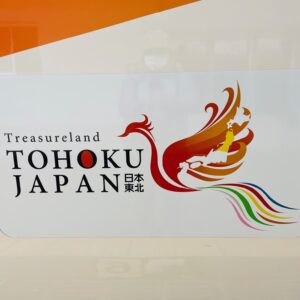
The snow scene seen from the train window of the Yamagata Shinkansen was wonderful.

Ginzan Onsen is a hot spring located in Obanazawa City, Yamagata Prefecture, and the nearest station is Oishida Station. Oishida Station is a stop on the Yamagata Shinkansen, so you can access it from Tokyo Station in less than 3 hours and 30 minutes without changing trains. From Oishida Station, you can reach Ginzan Onsen in 30 minutes by the free shuttle bus from each inn.
It has been in the limelight because it became the stage of the NHK TV series “Oshin”, and has attracted many tourists from Japan and abroad. Even when I went, many passengers got off the Yamagata Shinkansen at Oishida station, and the free shuttle bus was full. Due to the small number of rooms in Ginzan Onsen, it is one of the most popular hot spring towns in Japan where it is difficult to make reservations.
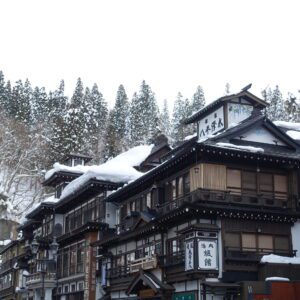
The history of Ginzan Onsen begins when Ginzan became a hot spring resort after the Ginzan (silver mine) closed in 1689. After that, the hot spring town was destroyed by the great flood of 1913, but the scene of the current hot spring town was created from the end of the Taisho era to the beginning of the Showa era (late 1920s to early 1930s).
The beautiful scenery of the Taisho Roman attracts many tourists. Especially, I think the night view of Ginzan Onsen is the most beautiful.

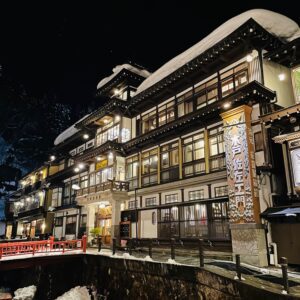
The Notoya Ryokan where I stayed this time is a nationally registered tangible cultural property. NHK’s “Oshin” was also filmed at Notoya Ryokan. Notoya Ryokan is said to be a model inn of “Spirited Away”.
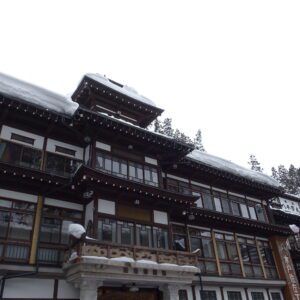
In addition, there are many inns in Ginzan Onsen that are decorated with “trowel picture”, which are reliefs made from plaster. It was a fun hot spring town just to take a walk while looking at the trowel picture.
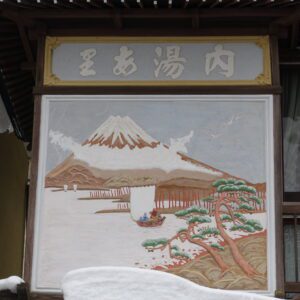
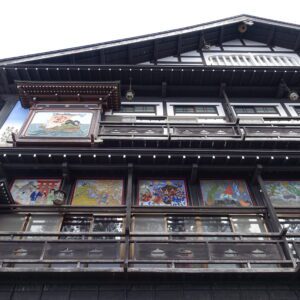

Ginzan Onsen has both footbaths and outdoor baths. The outdoor hot spring “Shirogane Yu” was designed by famous architect Kengo Kuma.
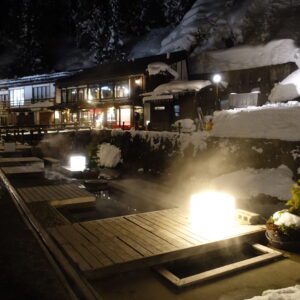
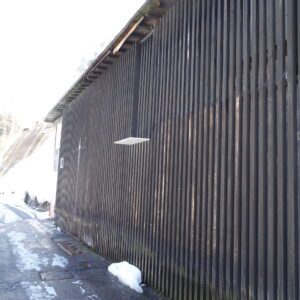
Note: The departure / arrival times, fares, admission fees, meal fees, etc. of transportation listed in the text are as of the time of writing the BLOG. Please check for yourself when you go on a trip as it may change in the future.